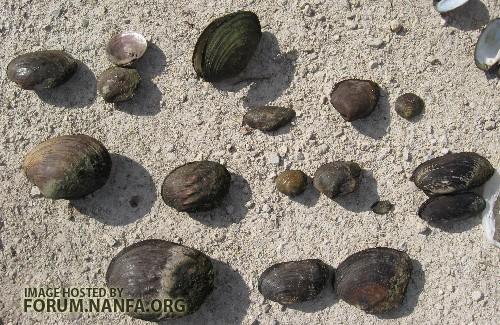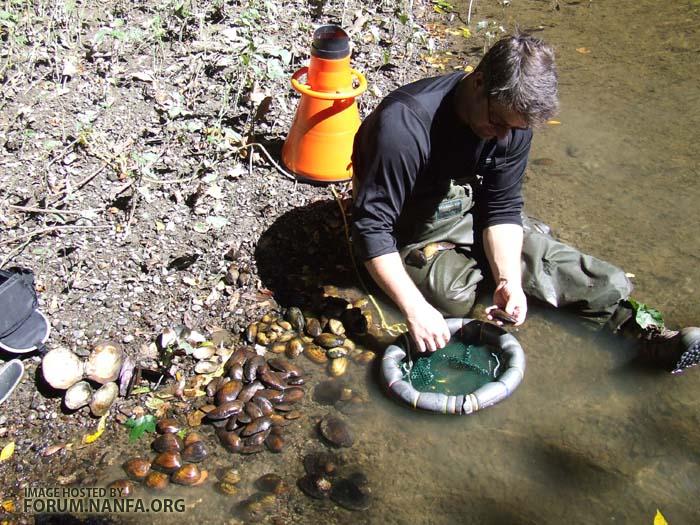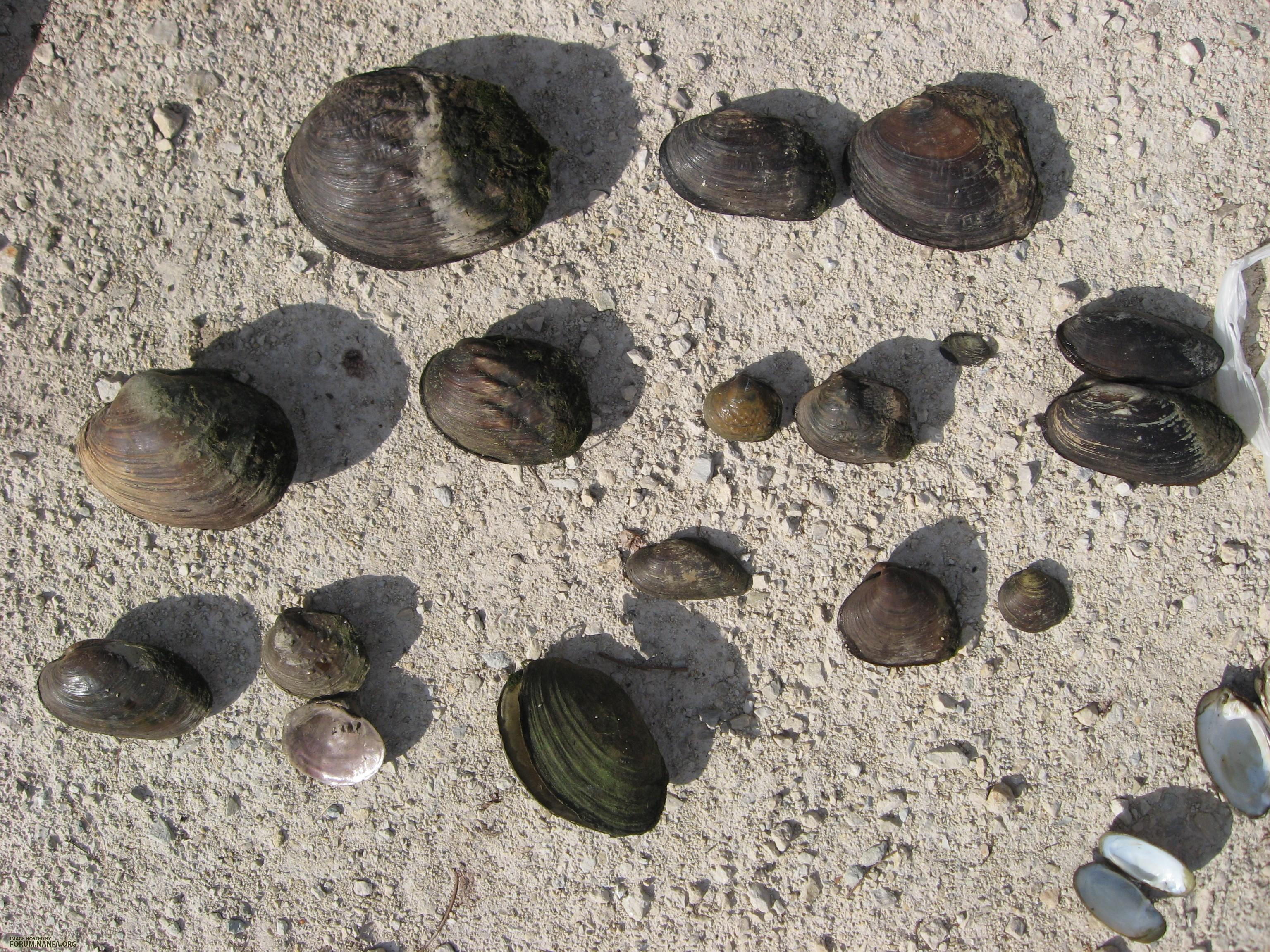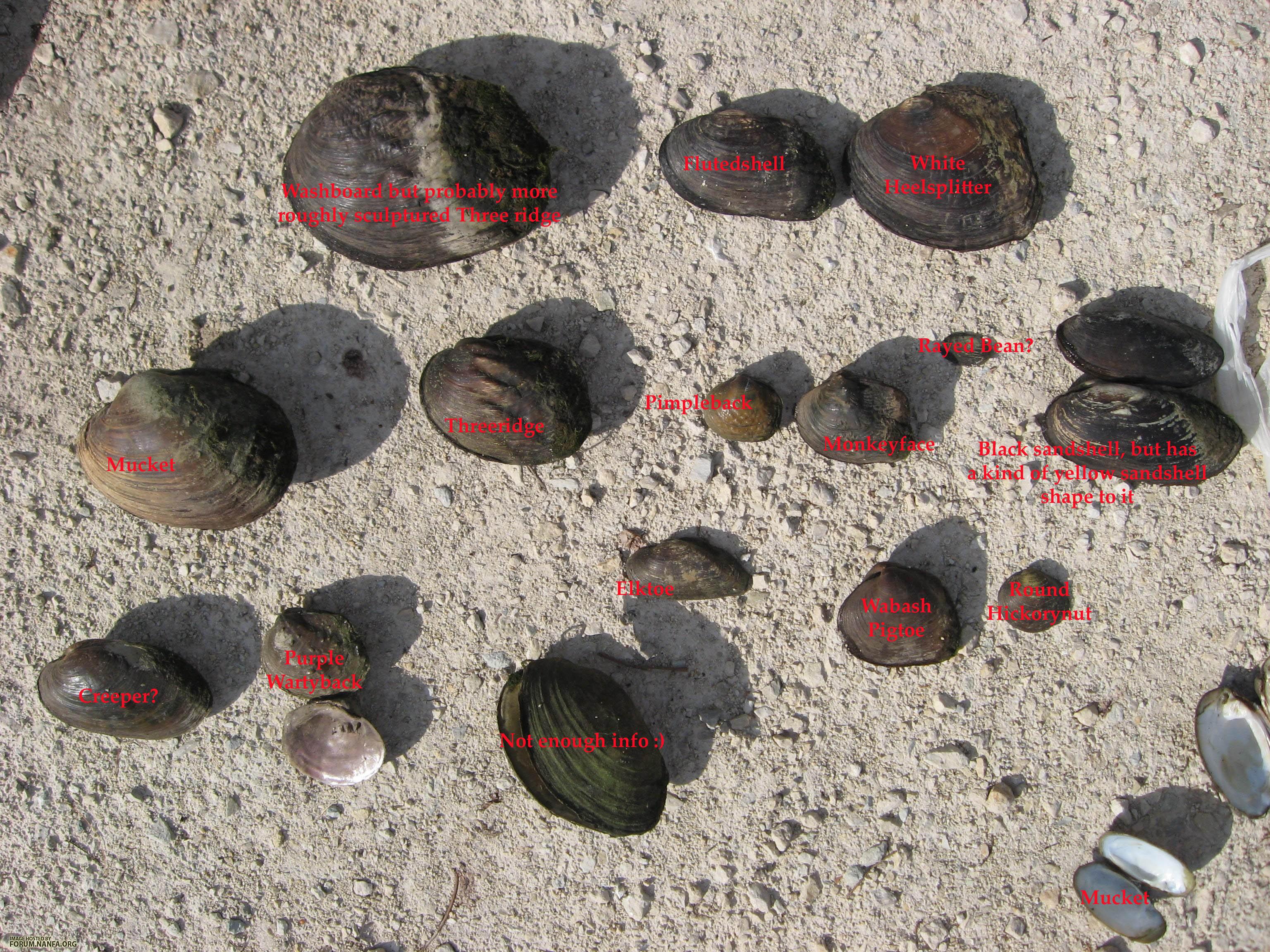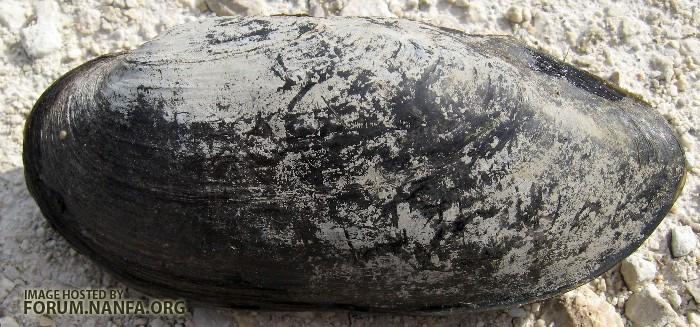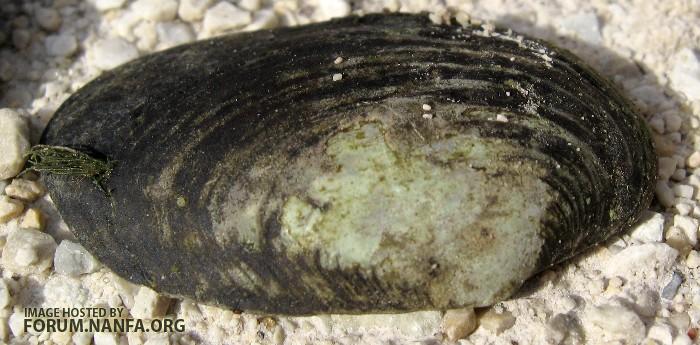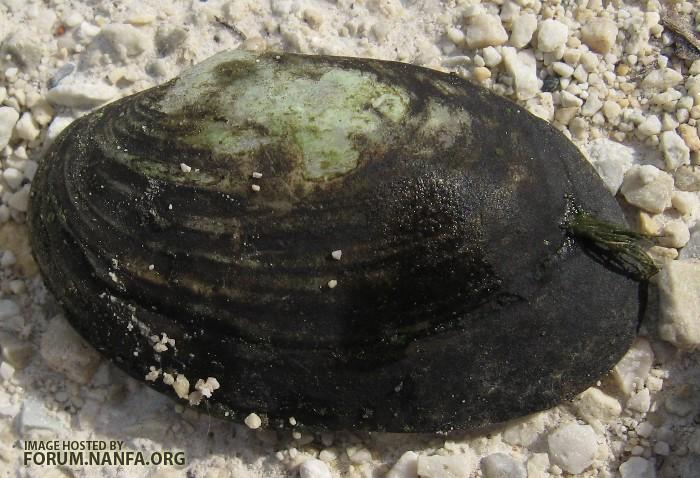Campostoma anomalum Central Stoneroller
Cyprinella spiloptera Spotfin Shiner
Luxilus chrysocephalus Striped Shiner
Nocomis biguttatus Hornyhead Chub
Notropis percobromus Carmine Shiner
Pimephales notatus Bluntnose Minnow
Hypentelium nigricans Northern Hog Sucker
Moxostoma spp
Ameiurus natalis Yellow Bullhead
Noturus flavus Stonecat
Labidesthes sicculus Brook Silverside
Fundulus notatus Blackstripe Topminnow
Ambloplites rupestris Rock Bass
Lepomis megalotis Longear Sunfish
Micropterus dolomieu Smallmouth Bass
Micropterus salmoides Largemouth Bass
Etheostoma caeruleum Rainbow Darter
Etheostoma nigrum Johnny Darter
Etheostoma zonale Banded Darter
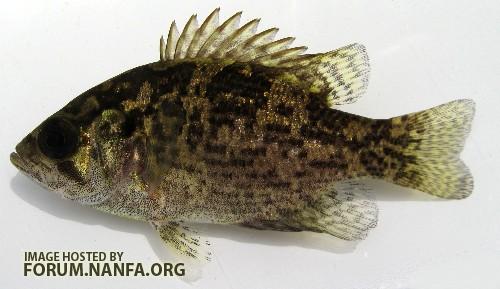

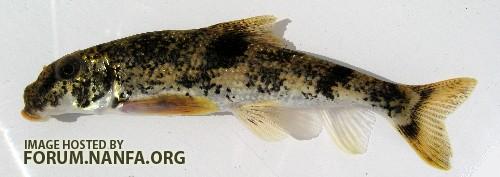
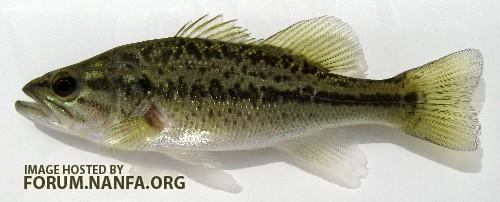
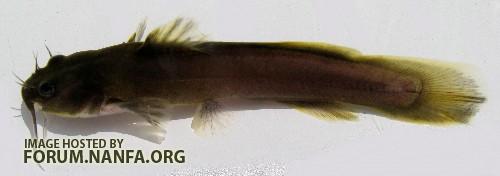

Within the sampling party was a person licensed to collect mussels as vouchers. 15 total mussel species were found here. I must say this really blew my mind. I can only list a few of the species found as I'm not quite up to speed on mussels. I found the discussion surrounding mussels fascinating.
Alasmidonta marginata Elktoe
Lasmigona complanata White Heelsplitter
Amblema plicata Threeridge
Fusconaia flava Wabash Pigtoe
Quadrula metanevra Monkeyface
Lasmigona costata Flutedshell
Leptodea fragilis Fragile Papershell
Ligumia recta Black Sandshell
Actinonaias ligamentina Mucket
